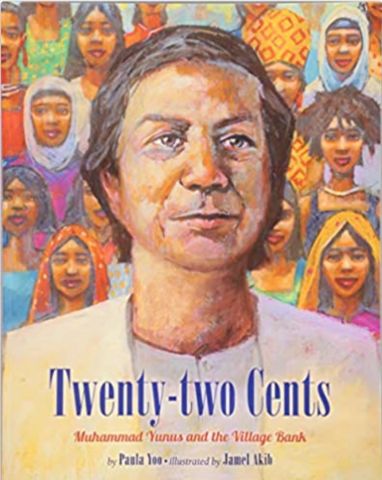Twenty-two Cents

-
Identify feelings and motivations of characters
-
Determine the fairness of banking practices globally
-
Examine how gender and sexism impacts economic stability
From an early age, Muhammad Yunus learns the importance of helping the less fortunate in his Indian community of Chittagong. participated in community service projects through the Boy Scouts, where he saw crippling poverty. Muhammad receives a scholarship to go to the United States in 1965, but there is trouble brewing in his home country. Muhammad begins organizing rallies and demonstrations against the war between Pakistan and his own country, Bangladesh. The aftermath of turmoil prompts Muhammad to move back home and help his people. While traveling, he has a chance encounter with Safiyah, a poor working mother. The woman only needs twenty-two cents for the bamboo she uses in her crafts. As a result, Muhammad begins a quest to eradicate poverty for women in the village of Jobra. First through education and then through creating his own community bank. The Grameen Bank would become a model for teaching economic independence amongst poor populations and has been duplicated internationally.